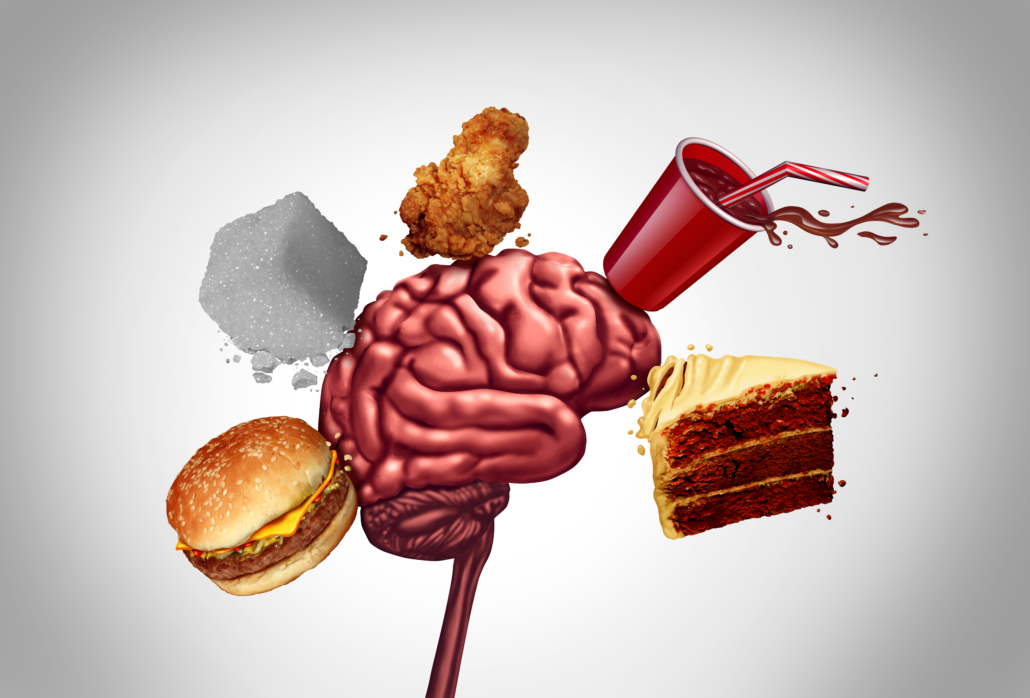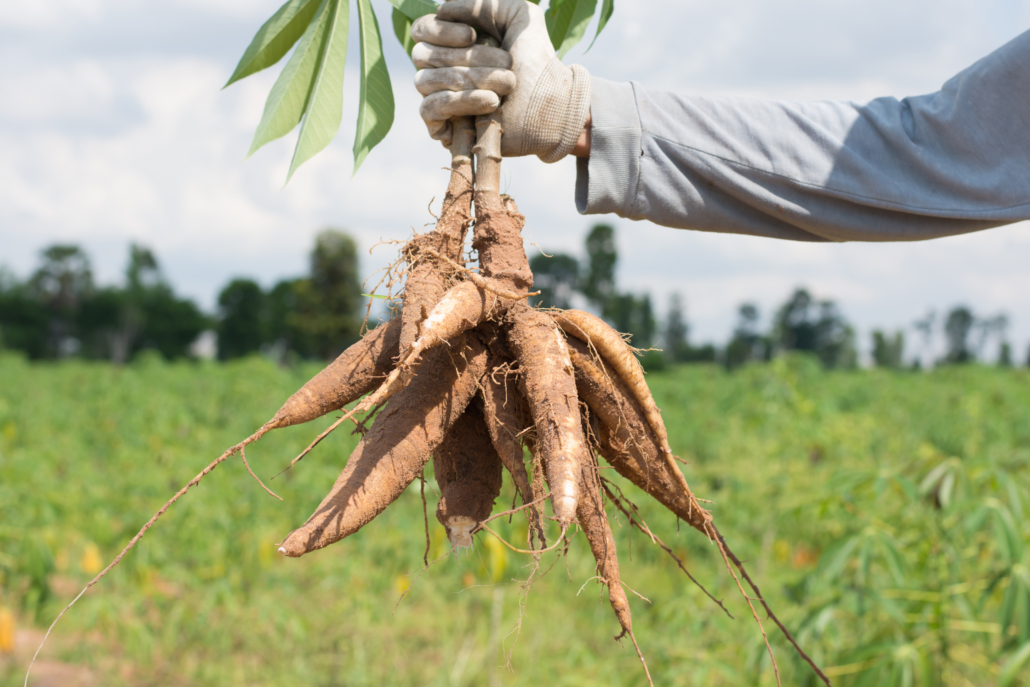We include products in articles we think are useful for our readers. If you buy products or services through links on our website, we may earn a small commission.
How to Reduce Antinutrients in Your Diet
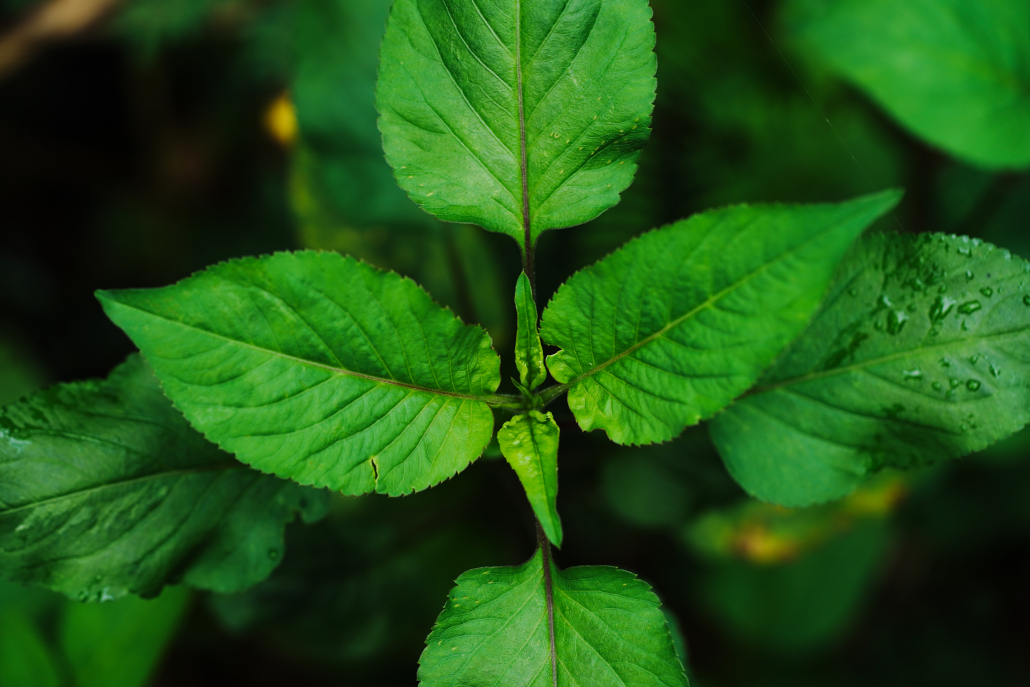
Antinutrients are plant compounds that diminish your body’s ability to absorb key vitamins and minerals.
In some cases, antinutrients can have beneficial effects due to their antioxidant properties as well as their ability to bond with some heavy metals. But for most people, eating foods that are rich in antinutrients can result in health problems.
This article will explore what antinutrients are, and how you can lower your dietary intake of these potentially harmful plant compounds.
Table of Contents
Phytate
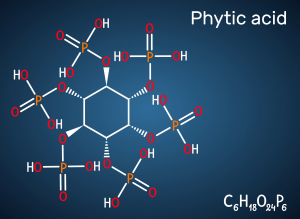
Phytate, also known as phytic acid, is an antinutrient that stores phosphorus in the seeds of plants. Consuming foods that contain phytate reduces the absorption of iron, zinc, magnesium, copper, and calcium. Phytate can also prevent digestive enzymes from breaking down proteins and starches in foods.
What Are the Risks of Phytic Acid?
Eating a diet that consists mainly of high-phytate foods can increase your risk of zinc and iron deficiencies. Notably, people in developing countries who consume grains and legumes as the majority of their diet are at greater risk of nutritional deficiencies.
Low iron levels can lead to anemia, a condition that results in a depleted count of healthy red blood cells. This reduces your body’s ability to deliver oxygen to all of your cells. Symptoms of iron deficiency anemia may include fatigue, weakness, and shortness of breath.
Pregnant women are at greater risk of iron deficiency due to higher iron requirements. Iron deficiency anemia during pregnancy can cause maternal illness, low birth weight, prematurity, and restricted fetal growth.
People who follow vegetarian and vegan diets are also prone to low iron stores due to a higher intake of phytate compared to those who eat mixed diets.
Foods High in Phytic Acid
Phytate is found in all plant-based foods. The highest concentrations of phytate occur in cereal grains, legumes, nuts, seeds, and pseudo grains. In cereal grains, phytate is found in the outer layer of the seed known as the bran. In legumes, phytate is present in the endosperm and embryo.
Common examples of foods high in phytic acid include:
- Chickpeas: 11.33-14 mg of phytate per gram
- Soybeans: 22.91 mg of phytate per gram
- Wild rice contains: 12.7 and 21.6 mg of phytate per gram
Processed foods contain significantly less phytate than whole foods. For example, white rice consists of only 1.2-3.7 mg/g phytate.
Interestingly, in Asian societies that rely on white rice instead of whole grains and legumes people have less nutrient deficiencies despite the fact that white rice is an “empty” calorie source. “Empty” means that it has almost no nutrients beyond carbohydrates. These counterintuitive findings are due in large part to the presence of phytates in whole grains and legumes.
How to Reduce Phytate in Your Diet
Processing techniques can significantly reduce phytate in foods and increase the bioavailability of minerals.
Cooking
Cooking legumes at over 200 degrees Fahrenheit for one hour can reduce phytate in yellow split peas by 23%, lentils by 20-80%, and chickpeas by 11%.
Soaking
Soaking seeds in water can also reduce phytate levels by activating the natural phytases in foods. Phytases are enzymes that break down phytate. Soaking millet, maize, rice, and soybeans in water can reduce phytate by 28%, 21%, 17%, and 23%, respectively. However, this process also reduced the levels of iron and zinc.
Germinating
Germinating seeds can lower phytate content while also maintaining their mineral content. For example, one study found that germinating chickpeas and pigeon peas reduced phytate levels by over 60% due to phytase activation.
Fermentation
Another study showed that fermentation can also reduce phytate levels in foods. Fermentation of quinoa and amaranth can lower phytate concentrations by 47-51% for quinoa and 12-14% for amaranth. Fermented foods improve the bioavailability of iron, zinc, and calcium.
Glucosinolates
Glucosinolates are a diverse group of plant compounds that can inhibit the absorption of iodine. This antinutrient produces a sulfur-like smell in foods.
What Are the Risks of Glucosinolates?
Because glucosinolates prevent the absorption of iodine, eating foods that contain this antinutrient can cause thyroid problems such as hypothyroidism and goiter. People with low iodine levels who eat a diet high in glucosinolates are at higher risk of experiencing these problems.
Some studies show that glucosinolate consumption is also associated with increased thyroid cancer risk in women.
What’s more, glucosinolates may also play a role in the development of type 2 diabetes. One study found that people who eat a high glucosinolate diet have a 19% higher risk of type 2 diabetes than those who eat a low glucosinolate diet.
Foods High in Glucosinolates
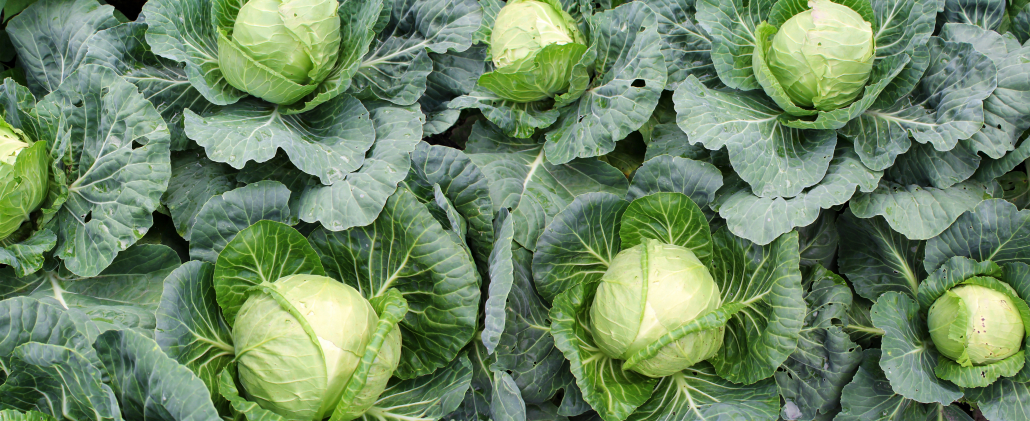
Glucosinolates are found in plants in the cabbage and mustard family. This includes:
- cruciferous vegetables
- cabbages
- mustard plants
The highest concentrations of glucosinolates occur in:
- kale
- brussels sprouts
- collard greens
- broccoli
How to Reduce Glucosinolates in Your Diet
Cooking and fermenting foods can remove glucosinolates. Research shows that steaming broccoli for five minutes can reduce glucosinolate content by more than 50%. Additionally, cooking foods with iodized salt can replenish iodine levels.
Tannins
Tannins are antinutrients that interfere with the absorption of non-heme iron from plants. However, they do not affect the absorption of heme iron from red meat. Like other antinutrients, tannins can also inhibit the function of digestive enzymes.
What Are the Risks of Tannins?
Consuming too many tannins can increase your risk of iron deficiency anemia. In one study, healthy adults experienced a 37% decrease in iron absorption after drinking tea with an iron-rich porridge. However, the participants did not have any effects on iron absorption when drinking tea one hour after eating.
Another study found that women with low iron levels experienced a greater reduction in iron stores after eating foods high in tannins.
Tannins may also cause digestive issues such as nausea.
Foods High in Tannins
Tannins are the chemicals that give certain foods a bitter, dry taste. You can find tannins in:
- Cocoa beans
- Tea
- Wine
- Fruit
- Seeds
- Nuts
- Legumes
- Cereal grains.
The highest amounts of tannins are found in :
- Dark chocolate
- Black grapes
- Apricots
- Cherries
- Apples
- Berries

How to Reduce Tannins in Your Diet
Cooking tannins can reduce the total tannin content in foods. Cooking rhubarb, board beans, and pears can reduce tannin content by 28%, 58%, and 26%, respectively.
However, many tannin-rich foods are consumed raw. Removing the skins of fruits and nuts can reduce tannins in raw foods.
Tannins in tea increase with a longer infusion time. Brewing tea for less than 4 minutes may prevent tannins from reaching peak levels. Additionally, drinking tea after or in-between meals may help prevent tannins from blocking iron absorption during meals.
Consuming tannins in combination with vitamin C may offset some of the inhibitory effects of tannins.
Lectins
Lectins are a group of proteins found in many plant foods. Interestingly, small amounts of lectins are also found in animal products. This is because the lectins that animals eat can accumulate in their tissues. Lectins are considered antinutrients because they can reduce the absorption of certain nutrients due to changes in intestinal integrity.
What Are the Risks of Lectins?
Consuming foods high in lectins can lead to altered gut function and inflammation due to lectins’ ability to bind with cells in the digestive tract.
Lectins can damage digestive health by forming lesions in the intestinal wall, which allows harmful bacteria to penetrate the digestive tract. Leaky gut can reduce the absorption of proteins, lipids, and vitamin B12, increasing your risk of inflammatory bowel disease.
What’s more, lectins can also disrupt your hormones and have negative consequences on fertility.
Foods High in Lectins
Lectins are found in legumes, seeds, nuts, fruits, and vegetables. Raw legumes and whole grains provide the greatest sources of lectins. Whereas fruits and vegetables usually contain low amounts. Foods high in lectins include:
- Beans
- Soybeans
- Peanuts
- Wheat
- Dairy
- Seafood
- Potatoes
How to Reduce Lectins in Your Diet
High cooking temperatures can remove lectins from legumes such as soybeans and kidney beans. One study found that boiling legumes for one hour at more than 200 degrees fahrenheit can reduce lectins by 93.77-99.81%. Another study showed that boiling red and white kidney beans can completely remove all lectin content.
Other processing methods that can remove lectins include soaking, sprouting, and fermenting. Fermenting lentils for more than 72 hours can destroy the majority of lectins in lentils.
It may be best to avoid foods that contain lectins that cannot be eliminated through boiling, sprouting, or fermenting.
Protease Inhibitors
Protease inhibitors are plant compounds that prevent enzymes from breaking down proteins and peptides. This antinutrient accumulates in tubers, seeds, and leaves.
What Are the Risks of Protease Inhibitors?
Eating foods high in protease inhibitors can impair the nutritional quality of protein. Some studies show that protease inhibitors in legumes may cause pancreatic hypertrophy in animals. However, these findings may not apply to humans.
Foods High in Protease Inhibitors
Protease inhibitors occur in all types of plants, but especially in legumes, grains, and nightshades. Foods high in protease inhibitors include :
- Pineapple
- Chickpeas
- Millet
- Buckwheat
- Rice
- Sweet potatoes
- Lentils
- black-eyed peas
- Soybeans
- Corn

How to Reduce Protease Inhibitors in Your Diet
Cooking plant-based foods can lessen the content of protease inhibitors and improve their nutritional quality. For example, the levels of protease inhibitors in tofu and cooked tofu are 19% 11%, respectively, of that in raw soybeans.
Oxalate
Oxalate, also known as oxalic acid, is an antinutrient that reduces the absorption of calcium.
There are two forms of oxalate: water-soluble oxalate and insoluble oxalate. Soluble oxalates bind with calcium and can also be absorbed through the intestines and colon. On the other hand, insoluble oxalates are removed from the body in the stool.
What Are the Risks of Oxalate?
Excessive soluble oxalate intake can increase your risk of calcium kidney stones and renal damage.
One study found that the calcium in spinach is less readily available than calcium from animal products such as milk. Because calcium in plants is poorly absorbed, it is excreted in the urine. A high concentration of calcium crystals in the urine can lead to the formation of kidney stones.
Foods High in Oxalate
Many common plant foods contain oxalate. The leaves contain higher amounts of oxalate than the stalks or roots.
Foods that contain the highest amounts of oxalate include:
- Spinach
- swiss chard
- Amaranth
- Taro
- sweet potatoes
- Beets
- Rhubarb
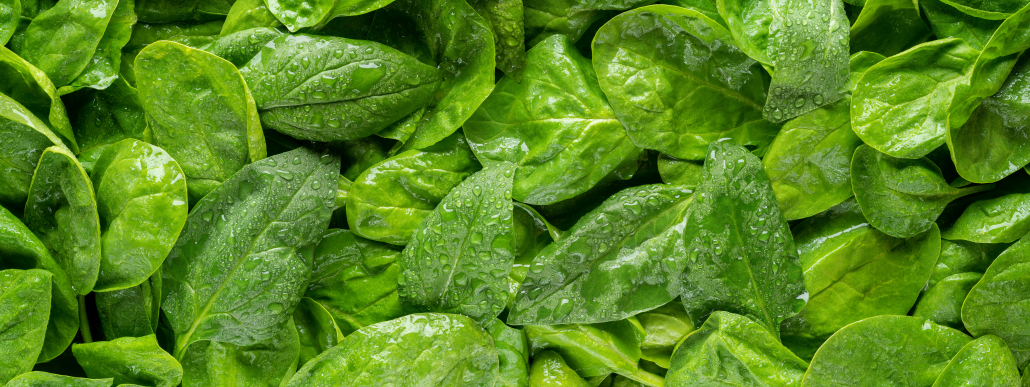
Foods that contain lower amounts of oxalate include:
- Raw legumes
- whole grains
- Nuts
- Cocoa
- Tea
Examples of soluble oxalate content per 100g :
- spinach contains 543 mg
- peanuts contain 108 mg
- wheat bran contains 113 mg
How to Reduce Oxalate in Your Diet
Because oxalate can dissolve in water, boiling and steaming foods is the most effective way to remove this antinutrient.
Boiling vegetables for 12 minutes can remove around 30-87% oxalate, whereas steaming vegetables can remove 42-46% of oxalate. However, boiling vegetables with less surface area such as carrots, beets, and Brussels sprouts did not yield similar results.
Other processing methods such as soaking and microwaving foods can also significantly reduce oxalate levels. Eating foods like full-fat dairy rich in calcium and organ meats high in potassium can minimize the absorption of soluble oxalate.
Antinutrients: The Bottom Line
Antinutrients are plant compounds that bind with certain vitamins and minerals, preventing their absorption in the digestive tract. In extreme cases, consuming excess antinutrients can result in nutritional deficiencies, thyroid dysfunction, gastrointestinal symptoms, and kidney stones.
Some studies show the beneficial effects of antinutrients in the treatment of cancer and other diseases. But the ingestion of antinutrients has harmful effects on healthy cells.
People with sensitivities, and who are vegetarian or vegan have a greater risk of experiencing health problems associated with excessive antinutrients.
In most cases, you can prevent potential complications by eating a balanced and nutrient-dense diet, preparing your food with different methods, and reducing your intake of antinutrient-rich foods.
Following a keto diet or carnivore diet can help you limit your consumption of antinutrients. A keto diet replaces grains and legumes with antinutrient-free animal products.












